Product Description
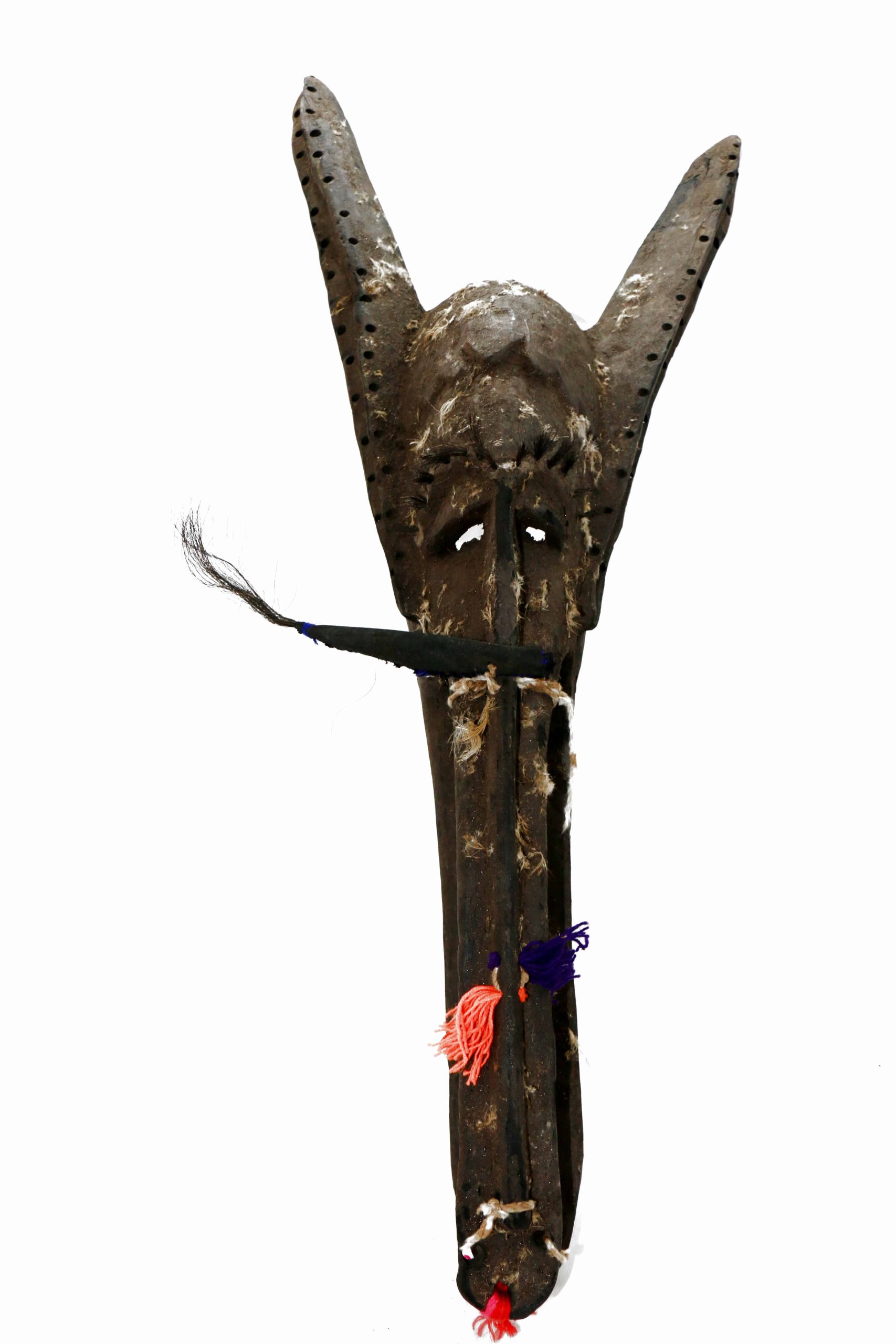
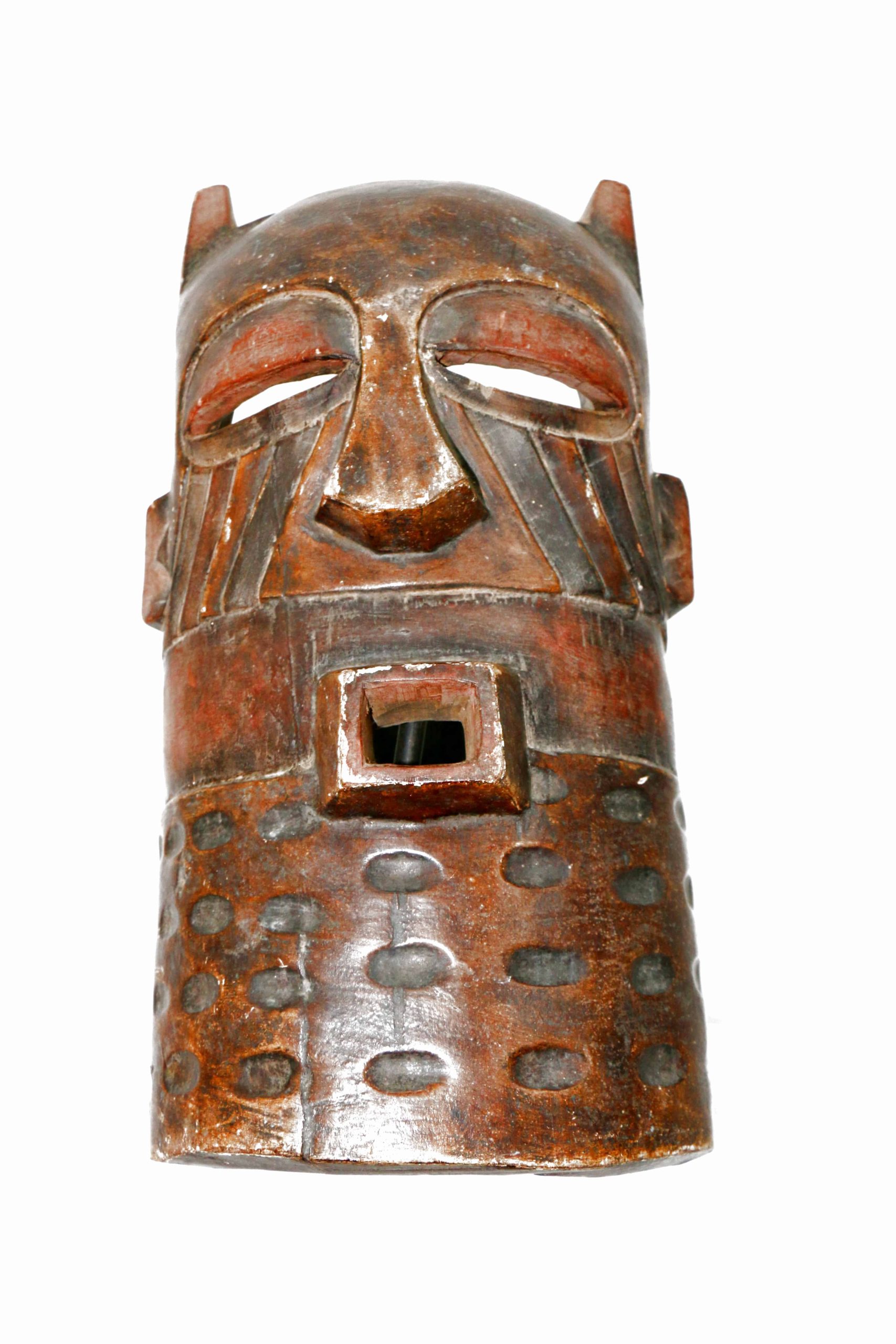
Dogon Zoomorphic Mask – Mali
This zoomorphic Dogon mask made of hardwood with a kaolin coating is an exceptional piece for your collection. It originates from Mali and was created to represent spirits of the wilderness.
Made of 100% Wood, mineral pigments
Model is W 16 – H 26 and weight 3 kg.
Description
This zoomorphic Dogon mask made of Hardwood with a kaolin coating is an exceptional piece for your collection. It originates from Mali and was created to represent spirits of the wilderness. They seek the help of powerful bush spirits who live in the wild forests, bush country, and rivers surrounding their villages. Wishing to control these forces and enlist their help against the powers of destruction, they create zoomorphic masks that make the spirits visible and put them in touch with the people. The fish represents fertility and success.
For the Dama or final commemorative ceremony for an important Dogon elder, masked dancers perform, creating a brilliantly colored spectacle of sculpture, costume, song, and dance. Dancing these masks on market days, initiations, and annual celebrations where the community is swept of evil forces honors these bush spirits and brings forth their blessings.
There are nearly eighty styles of Dogon masks, and for the most part, they all utilize the use of various geometric shapes in their design, independent of the various animals they are supposed to represent. Most masks have large geometric eyes and stylized features and are often painted or colored with various. The better known Kanaga and sirige masks are followed in the dama ceremony by masks that evoke the behavior of some of the animals that inhabit the regions where the Dogon live and hunt. They include among others – antelopes, hares, lions, hyenas, cows, birds and monkeys.
The Dogon an ethnic group are mainly located in the administrative districts of Bandiagara and Douentza in Mali, West Africa. The precise origins of the Dogon people, like those of many other ancient cultures, are not yet determined. Their civilization emerged, in much the same way as ancient Egypt. Around 1490 AD the Dogon people migrated to the Bandiagara cliffs of central Mali. There are approximately 700 Dogon villages, with an average of 400 inhabitants. The tribe’s folk call themselves ‘Dogon’ or ‘Dogom’, but in the older literature they are most often called ‘Habe’, a Fulbe meaning ‘stranger’.
Additional information
| Weight | 3 kg |
|---|---|
| Dimensions | 16 × 26 cm |
| Color | |
| Material |
Leave a reply Cancel reply
Returns and Exchanges
There are a few important things to keep in mind when returning a product you purchased.You can return unwanted items by post within 7 working days of receipt of your goods.
- You have 14 calendar days to return an item from the date you received it.
- Only items that have been purchased directly from Us.
- Please ensure that the item you are returning is repackaged with all elements.
Ship your item back to Us
Firstly Print and return this Returns Form to:
30 South Park Avenue, San Francisco, CA 94108, USA
Please remember to ensure that the item you are returning is repackaged with all elements.
For more information, view our full Returns and Exchanges information.


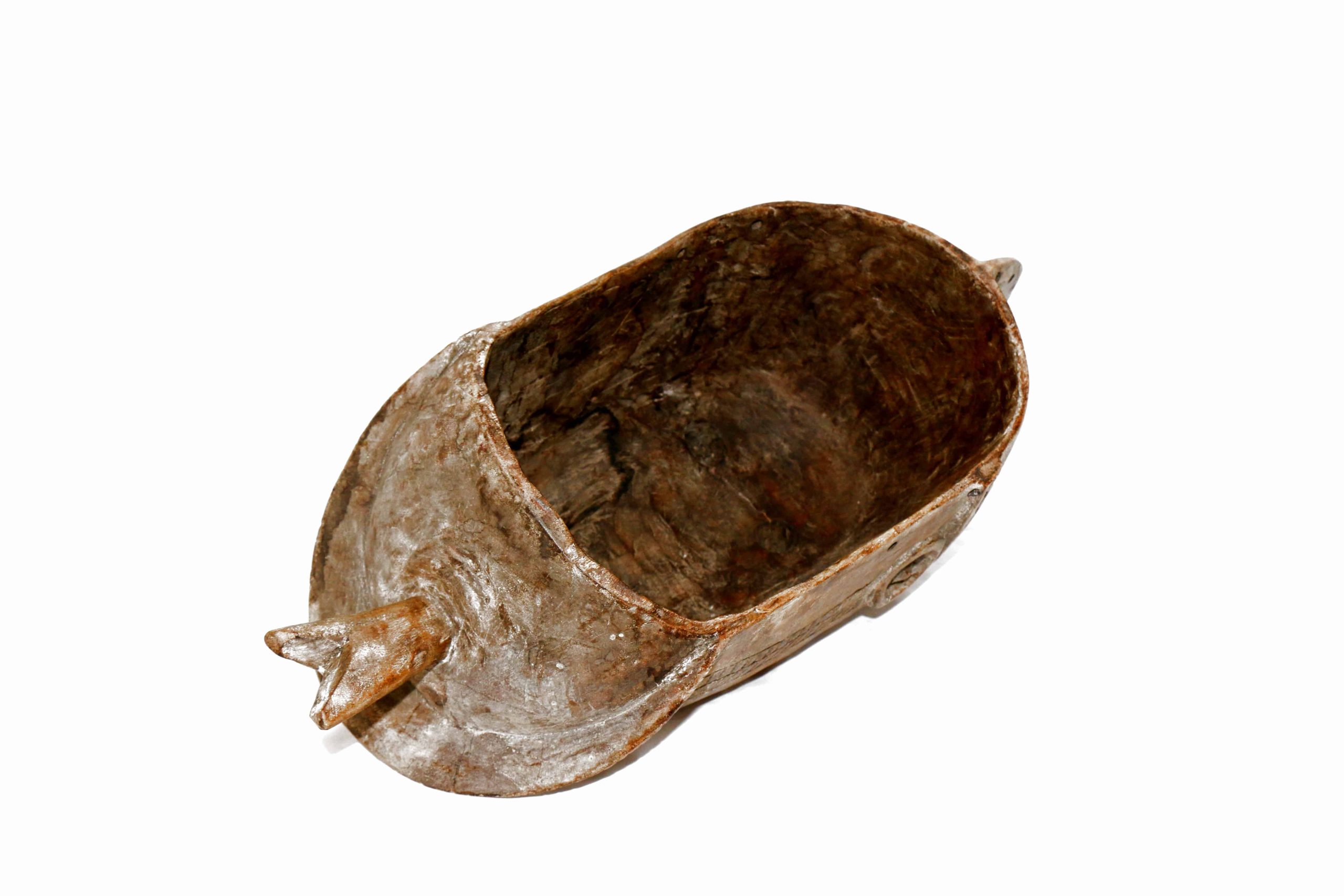


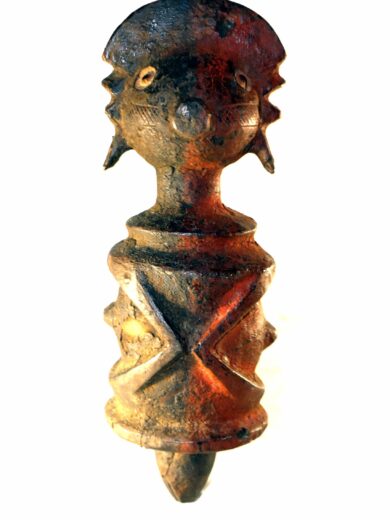
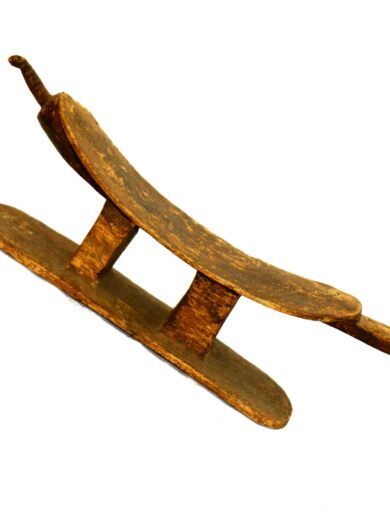
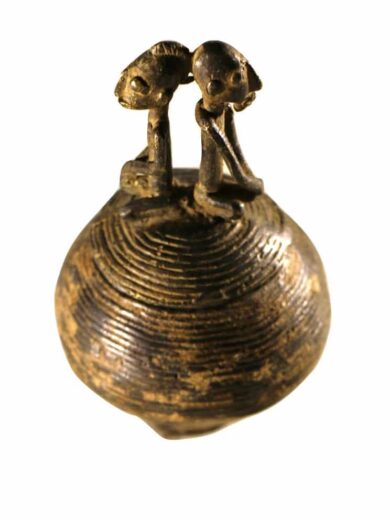

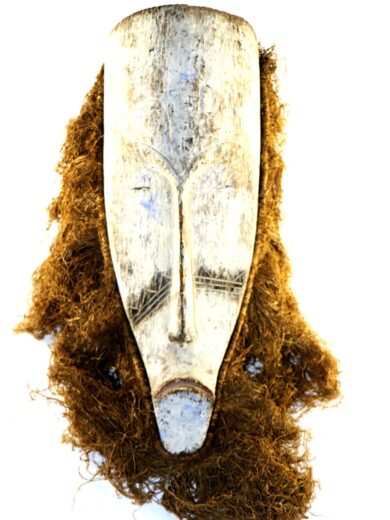




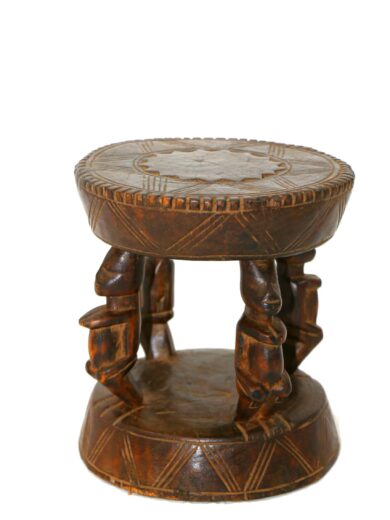
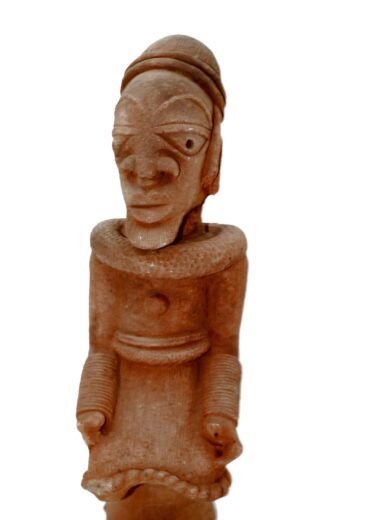
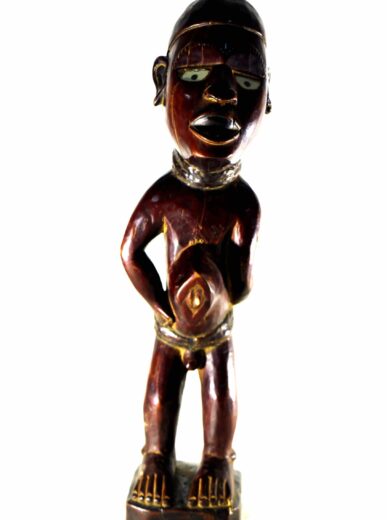

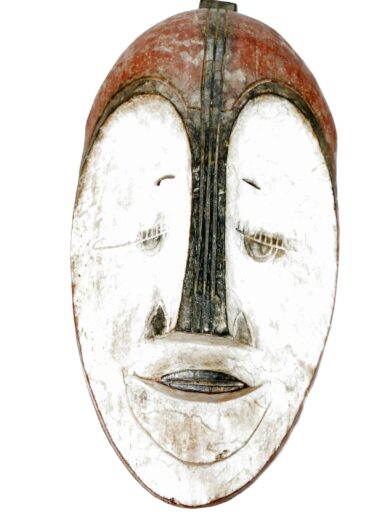
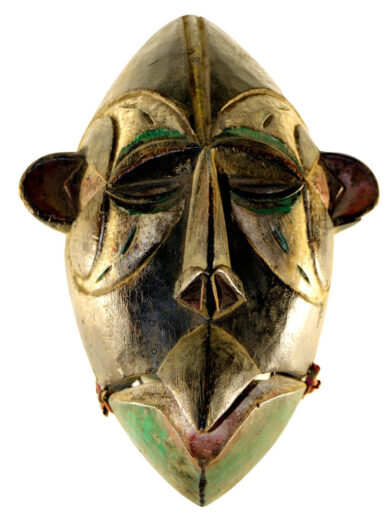

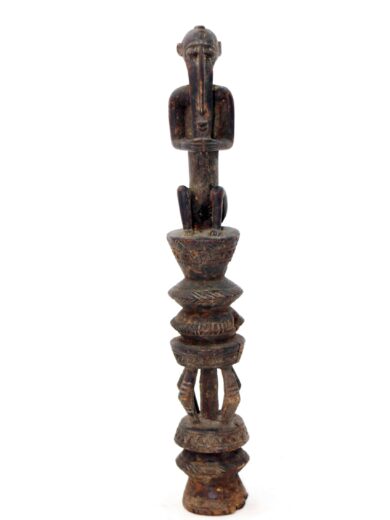
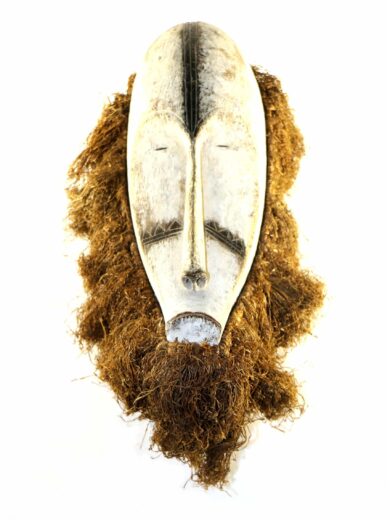
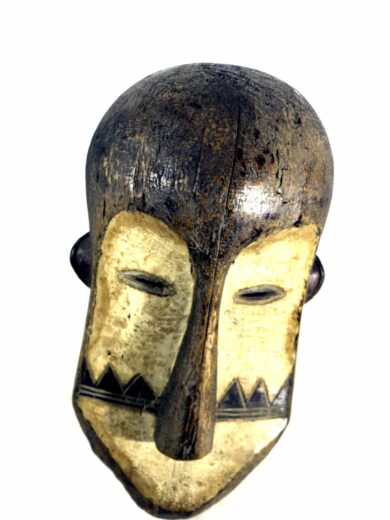
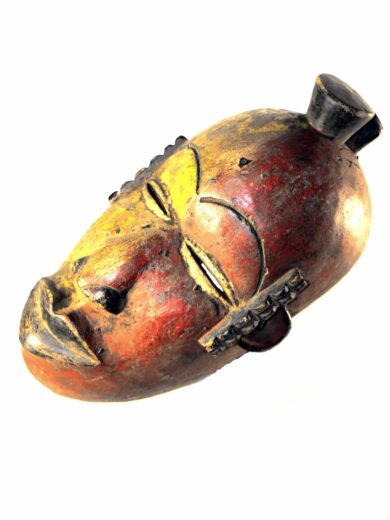
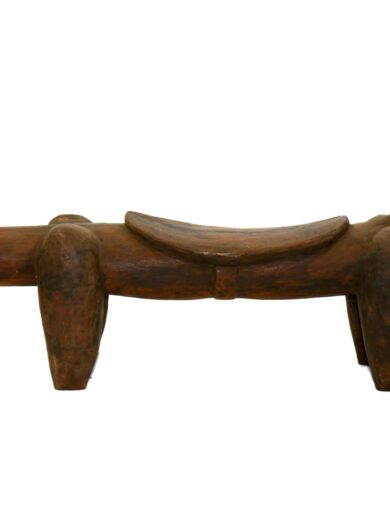


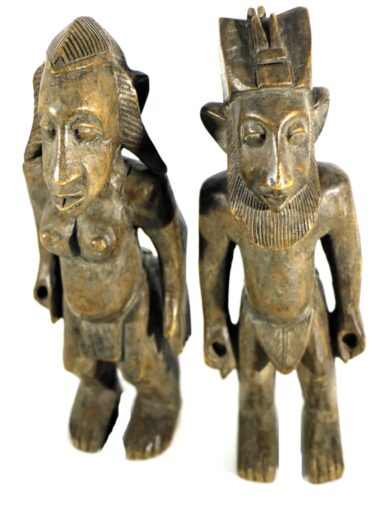
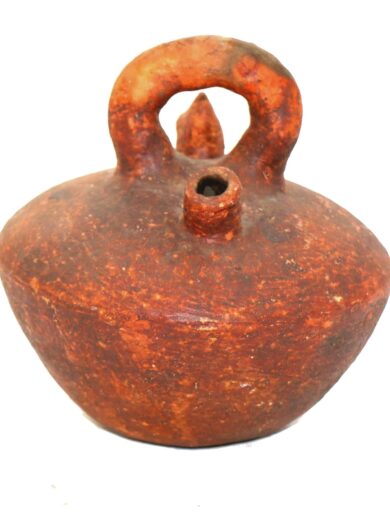
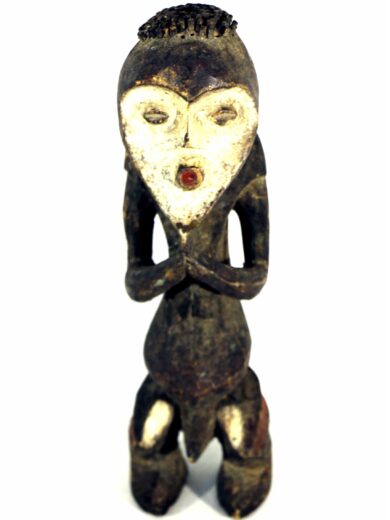


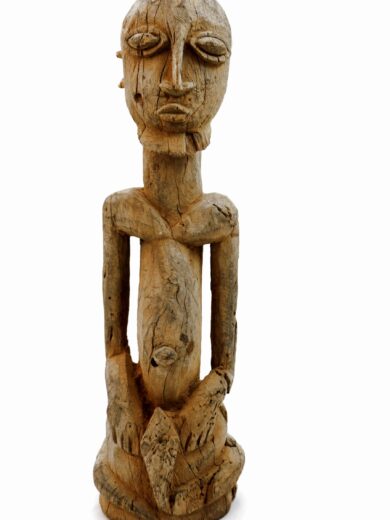

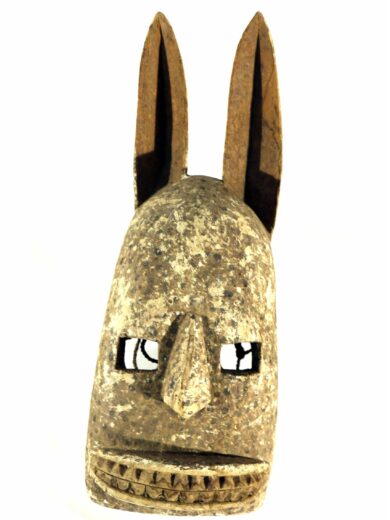
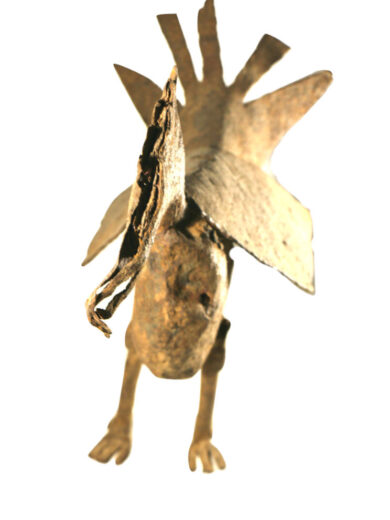

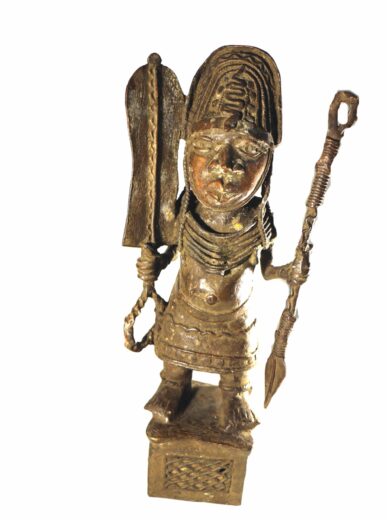

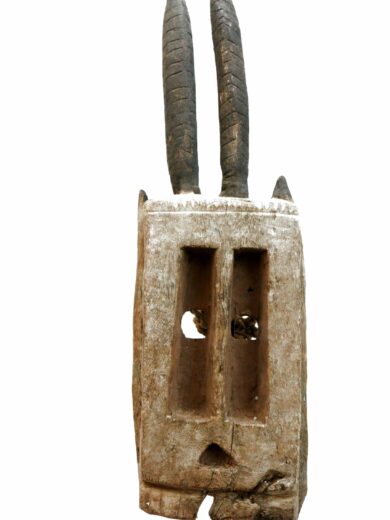
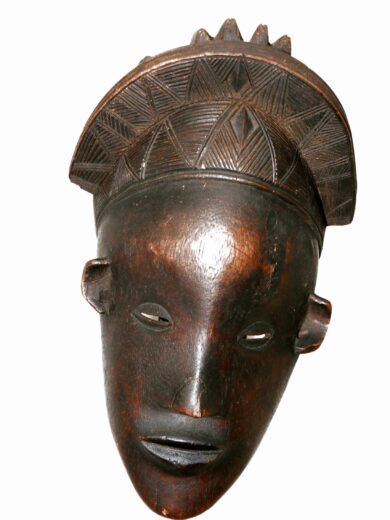
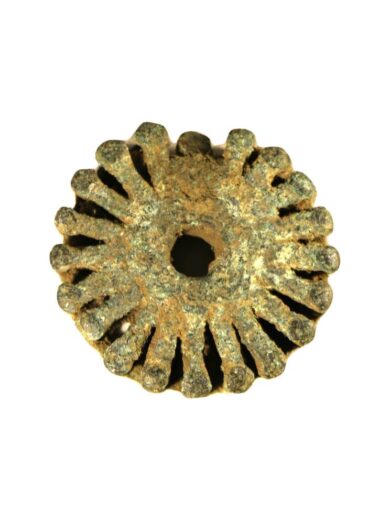

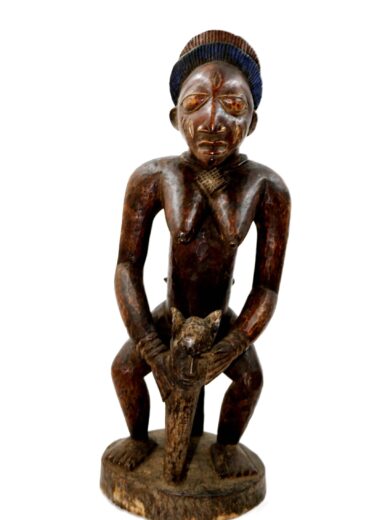
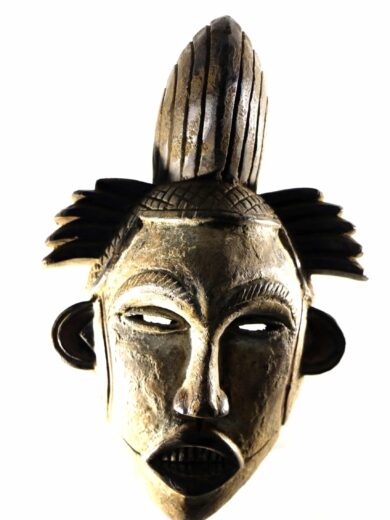
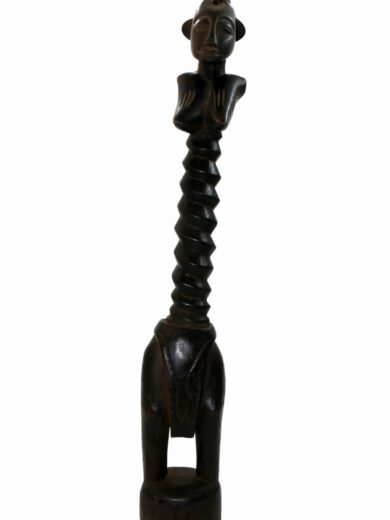
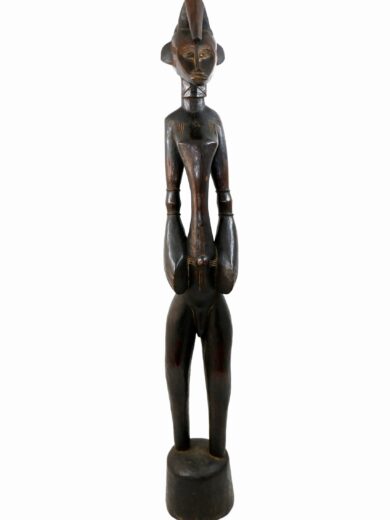
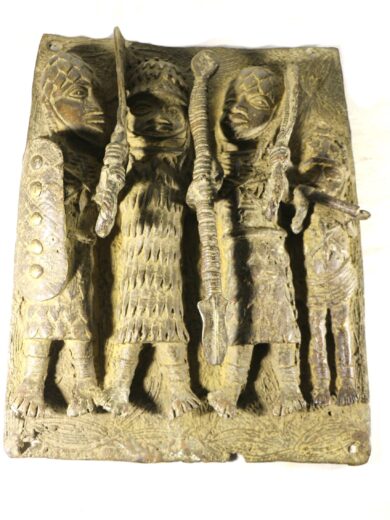

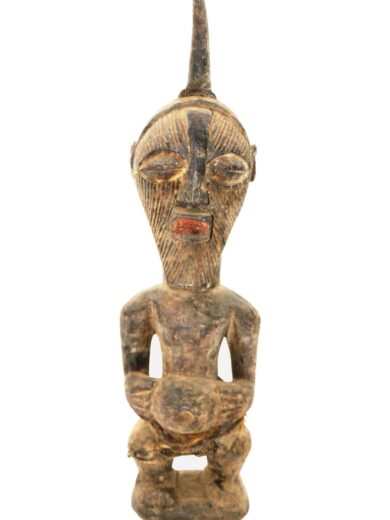
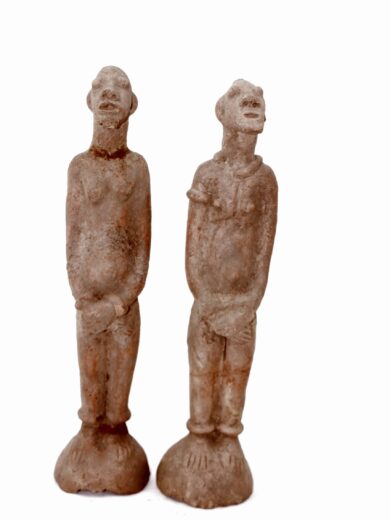
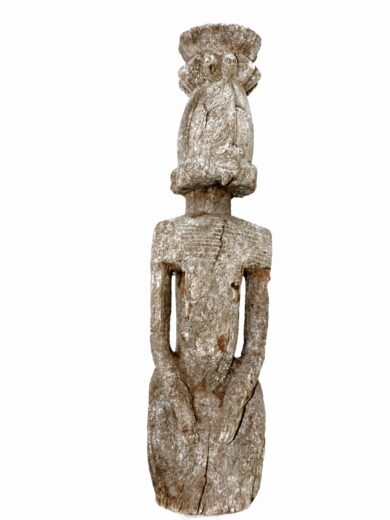

Reviews
There are no reviews yet.